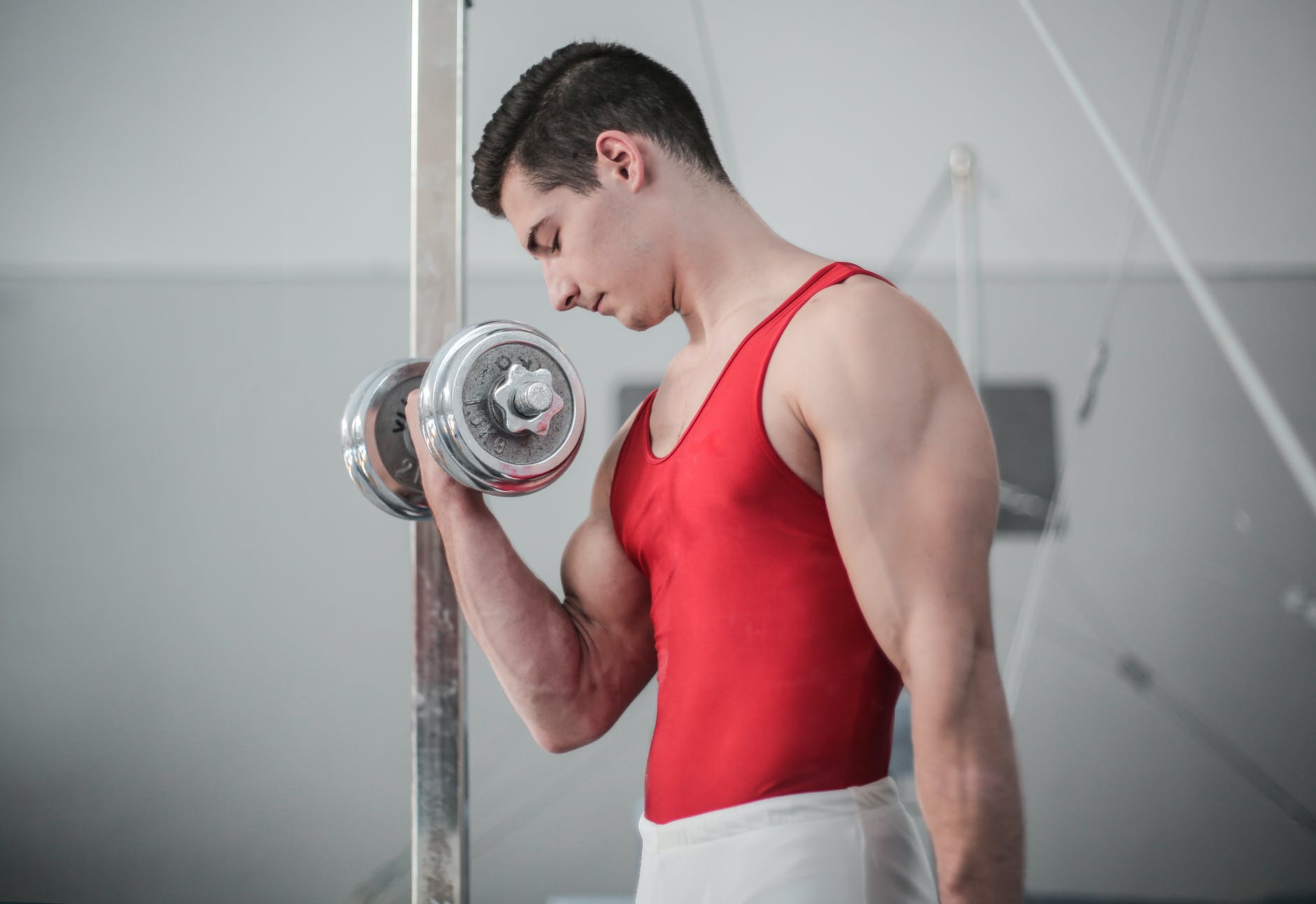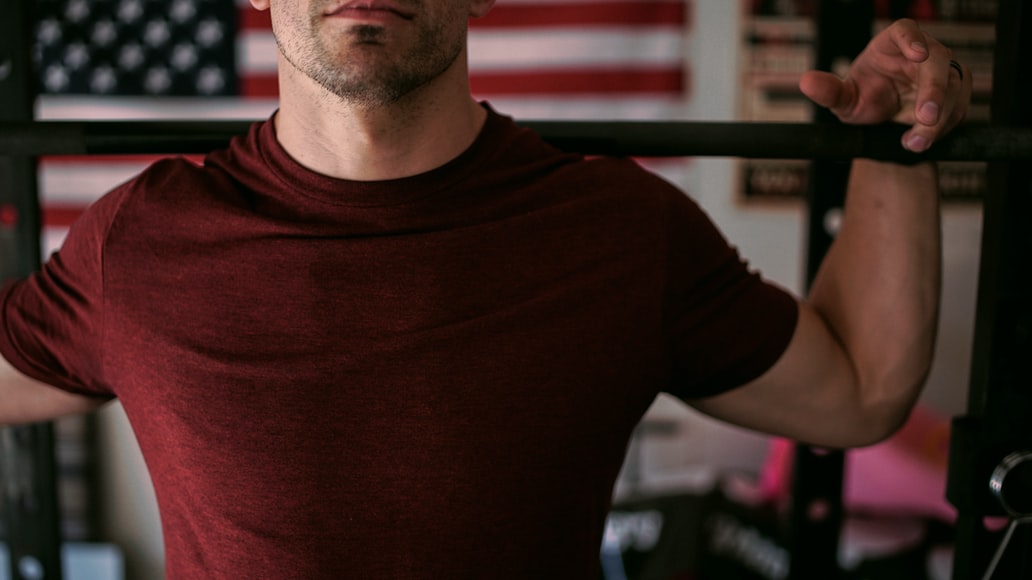Though not the largest of your arm muscles, the biceps often get a lot of attention because of how prominent they are at the front of your arm, so they’re a common target for heavy workout volume. Bicep curls are an isolation exercise that specifically targets the biceps and can be used to grow them effectively.
However, you should avoid performing bicep curls every day because you need to include rest days in your workout routine to allow the muscles to recover and repair. Overtraining can lead to hitting a plateau and potentially injury.
So, let’s dive into how often you should be blasting your biceps and what you can do to build huge arms.
How often should I do bicep curls?

In order to achieve muscle gain, you need to train a muscle group or individual muscle at least twice a week. You can, of course, train your biceps more days per week than this however you need to accommodate for recovery time.
Ideally, you’ll train your biceps 3-5 times per week and you’ll use a variety of bicep curling exercises to target the entire muscle. The higher your volume of training, the lighter weights you should use in each workout; this is to avoid overloading the muscle and causing an injury.
Bicep curls are an isolation exercise, meaning they only focus on one muscle. For this reason, it’s best to avoid performing them on consecutive days, especially if you are using heavy weights.
How to perform bicep curls
- Stand straight holding a dumbbell in either hand, with your palms facing inward and arms straight.
- Bend at the elbow to curl the weights upward. As you do, turn your palms so that they’re now facing your torso.
- Bring the weights up toward your chest and squeeze your biceps at the top of the movement.
- Lower them back down under control, turning your hands again to bring them back to the starting position.
- Repeat for 10-12 reps.
Tips
- You can also use a barbell or curl bar to perform biceps curls. If so, you won’t need to turn your hands as they can only remain in one position while holding the bar.
- Don’t swing your body to create momentum to make the movement easier. If you find you need to do this to complete your sets, move to a light weight and perfect your form.
Why is rest important?
Recovery is one of the most important aspects of exercise and fitness, and if you’re performing bicep curls for 30 days straight, then you’re not allowing time for this essential step. It is during the recovery period that your body ‘adapts’ to the training you’ve done and, with muscles, this means repairing the microscopic tears that are caused through resistance training.

When your body repairs the muscles, the muscles increase in size and strength. While it can be tempting to maintain an intense training volume, your arm muscles will benefit more from adequate rest.
Plus, with daily training of the same muscle, fatigue will set in and your form will inevitably be impacted. Not only will this limit the effectiveness of your bicep workout, but it also increases the risk of injury.
Progressive overload
As well as a varied exercise selection, you also need to adapt your training when continuing it over a long time period. There are several factors you can change, such as the amount of weight you lift, your weekly training volume, or the number of reps and sets you do in each workout.
Increasing these factors over time is known as progressive overload, and it is how you prevent plateaus and ensure muscle building is a continuous process. If you have ambitious growth plans for your biceps, then you need to monitor your performance each week and ensure you’re appropriately challenging your body.
Why your biceps need more than just curls
Any muscle will benefit from a varied exercise selection because your body gets used to an exercise over time and so the effects of it will become lesser as that happens. So, it’s best to use a variety of bicep exercises with a sustainable training volume.
Biceps curls, as mentioned, are an isolation exercise and this type of movement only allows you to lift a certain amount of weight, as you’re limited to using just one muscle. So, to get maximum gains for your biceps, you should also use compound exercises.
These are movements that activate more than one joint or muscle group, thus allowing you to lift heavier weights and creating a more comprehensive workout. Exercises like chin-ups, bent over rows and close grip push-ups will all target your biceps as well as other muscles in your upper body.
Final Thoughts
Though there is a compelling argument to be made that you can do bicep curls every day for a month to build size, the reality is that you should avoid performing the same exercise for 30-plus days straight. You need to allow your biceps time to recover, plus a more varied exercise regimen will produce better results.
Frequently Asked Questions
Are bicep curls a waste of time?
Absolutely not. If you’re trying to increase the size and strength of your biceps, then curls are a great way to specifically target the muscle. However, for the best results, you should combine bicep curls with other arm exercises as well as compound movements.
What if you only do bicep curls?
As mentioned, this can lead to overtraining and even injury if you’re doing them every day. If you only focus on one exercise, your body will also adapt to it and the effects will be minimal. Plus, you’ll be creating a muscle imbalance in your arms wherein your biceps are trained and developed, but other muscles like the triceps will be underdeveloped.







